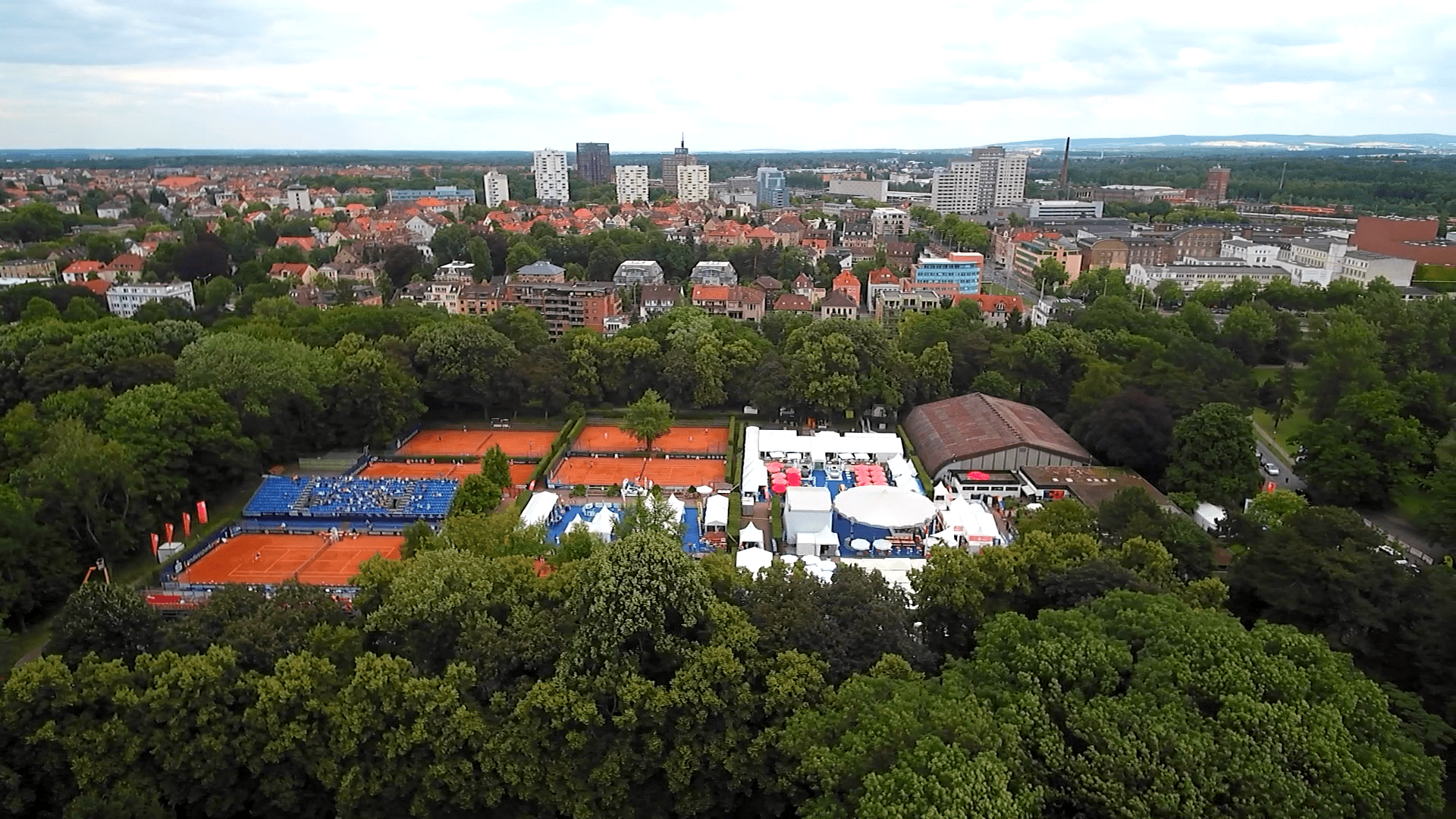Celebrating Braunschweig On The ATP Challenger Tour
Celebrating Braunschweig On The ATP Challenger Tour
ATPChallengerTour.com pays tribute to the five-time Tournament of the Year award winner
In December, four tournaments were recognised for excellence in standards set across the global ATP Challenger Tour and for their steadfast commitment to growing the game. These integral events in Puerto Vallarta, Heilbronn, Braunschweig and Szczecin have become player and fan favourites for their dedication to providing a world-class experience both on and off the court.
This week would have been the 27th edition of the Sparkassen Open, which earned Tournament of the Year honours for the fifth time since 2014. Despite being canceled due to the COVID-19 pandemic, Braunschweig remains one of the more historic and idyllic locales on the circuit.
One of the more popular Challenger destinations since its inception nearly three decades ago, Braunschweig has boasted an impressive winners’ circle over the years. Five of its champions would feature in the Top 10 of the FedEx ATP Rankings – Alexander Zverev (2014), Tomas Berdych (2004), Gaston Gaudio (2000), Alberto Berasategui (1996) and Magnus Gustafsson (1995). And current ATP Chairman Andrea Gaudenzi lifted his ninth Challenger trophy at the Braunschweiger Tennis Club in 2001.
Braunschweig has also witnessed a slice of history in recent years, becoming just the second Challenger event with multiple 17-year-old champions. Both Zverev and Nicola Kuhn were sitting outside the Top 500 when they captured their maiden titles in stunning fashion.
In 2014, Zverev would use Braunschweig as a launching pad for his burgeoning career. The eventual World No. 3 and Nitto ATP Finals champion earned his first professional title in front of the home fans. And just three years later, Spain’s Kuhn replicated the feat. Competing in just his second Challenger main draw, he would reel off seven wins in eight days as a qualifier to lift the trophy. He became the youngest Spanish champion on the circuit since Rafael Nadal in 2003.
A fifth Tournament of the Year honour is representative of Braunschweig’s steadfast commitment to growing the game in a world-class environment. Under the watchful eye of tournament director Volker Jäcke, the tournament has greatly evolved and is considered a top destination for players and fans. The Sparkassen Open founded the concept of ‘Tennistainment’, which refers to the notion that premier tennis and off-court entertainment create a first-rate experience with a festive atmosphere. It continues to be the soul of the tournament, with nightly concerts on the grounds.
The event began with a small Centre Court and one catering tent, and the main stadium has since been upgraded to hold a capacity crowd of 2,000 patrons, with a big stage for the concerts and over 50 concession tents for catering and exhibitions. But while the tournament’s famous entertainment scene has garnered much attention, it is its rich and storied history that is arguably its most intriguing aspect.

The Sparkassen Open is played on a large expanse of public land, but many centuries ago, it was the sprawling home of Duchess Augusta, wife of Duke Karl Wilhelm Ferdinand. The estate included the duchess’ residence, known as Schloss Richmond (Richmond Castle) and the tennis courts. The wall that enclosed the city was removed and in 1901, the park opened to the citizens of Braunschweig and the tennis club was officially founded.
“This was the missing link at the time, to open the city and make the Burgerpark for all the citizens of the city to come and rest,” said club president Ralf Hinrichs. “It’s an open space with different flowers and trees. They took different types of trees from all over the world and brought them here. They make it a very special place for the citizens of Braunschweig. It’s a gift to the people here. That was in 1900 and the club was founded a year later.”

During World War II, Braunschweig became a stronghold for the Nazis and the city was destroyed. The club partially survived the bombings, as the front gate, two small cabins on either side of the gate and many stone statues that lie around the main entrance and inside the club remain. So does the front facade of the former castle, with a series of Roman-style columns left undamaged from the time of the duke and duchess. The unique rococo style of the 1700s remains a constant reminder of pre-war Germany, when an architecture movement swept through the country.
After the war ended, for more than 50 years, the German National Championships were hosted at the Braunschweiger Tennis und Hockey Club, featuring a teenage Boris Becker and Steffi Graf, before the ATP Challenger Tour staked its claim to the historic venue in 1994. The Sparkassen Open was born.

